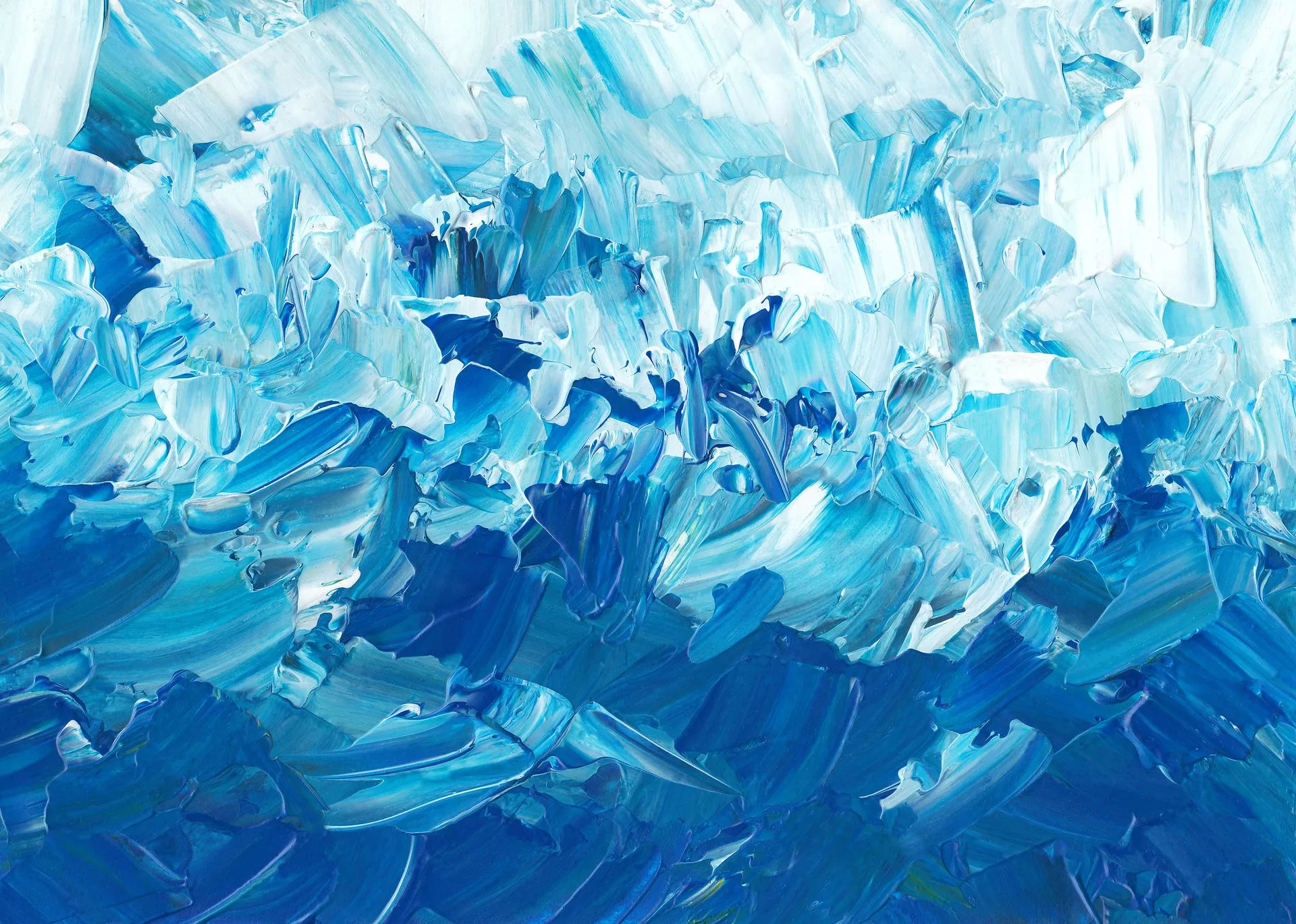854 words
4 minutes
30 第一个生物
参考
https://boson.v2mcdev.com/entity/scratchentity.html
第一个动物以及AI
上一次我们从entity类出发创建了一个实体,不过大多时候是不需要从entity类出发创建实体的,你可以看到entitty的继承关系中,会有很多的子类,这些子类才是更多我们会利用到的, 这次我们还是利用entity子类Animal类创建一个动物实体,并为他设置一个AI/Goal,模型用blockbench创建。
什么是Goal/AI,其实就是生物的目的或者说是行为逻辑,例如牛会被小麦吸引等等。
什么是属性就是,这里的属性就是生物的血量,移动速度,需要单独配置并注册。
我们先看怎么写我们的这个animal entity类。
public class FirstAnimal extends Animal {
protected FirstAnimal(EntityType<? extends Animal> pEntityType, Level pLevel) {
super(pEntityType, pLevel);
}
// 重写了父类的registerGoals方法,该方法用于注册动物的行为目标Goal。
@Override
protected void registerGoals() {
// 这里添加的是我们自己的Goal
this.goalSelector.addGoal(0,new MyGoal(this));
}
// 定义了一个静态方法createAttributes,用于创建和配置动物的属性。
// 这个方法返回一个AttributeSupplier.Builder对象,用于构建属性。
public static AttributeSupplier.Builder createAttributes() {
return Mob.createMobAttributes()
.add(Attributes.MAX_HEALTH, 20.0);
}
// 重写了父类的getBreedOffspring方法,该方法用于生成动物的繁殖后代。
// 我们这里不需要繁衍的生物,所以直接返回null即可。
@Nullable
@Override
public AgeableMob getBreedOffspring(ServerLevel pLevel, AgeableMob pOtherParent) {
return null;
}
}动物AI
public class MyGoal extends Goal {
public final FirstAnimal firstAnimal;
public MyGoal(FirstAnimal firstAnimal){
this.firstAnimal = firstAnimal;
}
// 重写了Goal类中的canUse方法,该方法用于判断是否应当执行这个行为目标。
// 这里返回true 表示一直执行。
// 逻辑很简单就是给最近的玩家添加一个饥饿的效果。
@Override
public boolean canUse() {
Level level = this.firstAnimal.level();
if(!level.isClientSide){
Player nearestPlayer = level.getNearestPlayer(this.firstAnimal, 10);
if(nearestPlayer!=null){
nearestPlayer.addEffect(new MobEffectInstance(MobEffects.HUNGER, 3 * 20, 3));
}
}
return true;
}
}
动物模型
public class FirstAnimalModel extends EntityModel<FirstAnimal> {
public static final ModelLayerLocation LAYER_LOCATION = new ModelLayerLocation(new ResourceLocation(ExampleMod.MODID, "first_animal"), "main");
private final ModelPart bb_main;
public FirstAnimalModel(ModelPart root){
this.bb_main = root.getChild("bb_main");
}
public static LayerDefinition createBodyLayer() {
MeshDefinition meshdefinition = new MeshDefinition();
PartDefinition partdefinition = meshdefinition.getRoot();
PartDefinition bb_main = partdefinition.addOrReplaceChild("bb_main", CubeListBuilder.create().texOffs(0, 0).addBox(-8.0F, -20.0F, -8.0F, 16.0F, 11.0F, 16.0F, new CubeDeformation(0.0F)), PartPose.offset(0.0F, 24.0F, 0.0F));
return LayerDefinition.create(meshdefinition, 64, 64);
}
@Override
public void setupAnim(FirstAnimal pEntity, float pLimbSwing, float pLimbSwingAmount, float pAgeInTicks, float pNetHeadYaw, float pHeadPitch) {
}
@Override
public void renderToBuffer(PoseStack pPoseStack, VertexConsumer pBuffer, int pPackedLight, int pPackedOverlay, float pRed, float pGreen, float pBlue, float pAlpha) {
bb_main.render(pPoseStack, pBuffer, pPackedLight, pPackedOverlay, pRed, pGreen, pBlue, pAlpha);
}
}
动物渲染,这里我们使用了MobRenderer,相对于EntityRenderer多了一些渲染影子的内容内容,看构造函数,
public class FirstAnimalRenderer extends MobRenderer<FirstAnimal, FirstAnimalModel> {
public FirstAnimalRenderer(EntityRendererProvider.Context pContext) {
// 第一个参数我们将EntityRendererProvider。Context传入,
// 第二个参数是model,传入我们的model,model要求一个参数是modelpart,这里通过Context获得即可和之前一样。
// 第三个参数是影子的大小,这里传入1f半径。
super(pContext, new FirstAnimalModel(pContext.bakeLayer(FirstAnimalModel.LAYER_LOCATION)), 1f);
}
@Override
public ResourceLocation getTextureLocation(FirstAnimal pEntity) {
return new ResourceLocation(ExampleMod.MODID,"textures/entity/first_animal.png");
}
}
生物属性的注册,我们通过EntityAttributeCreationEvent进行注册,
@Mod.EventBusSubscriber(bus = Mod.EventBusSubscriber.Bus.MOD)
public static class ModEventBus{
@SubscribeEvent
public static void setupAttributes(EntityAttributeCreationEvent event) {
// 第一个参数是你的entityType,第二个参数是你的AttributeSupplier,通过我们写的Builder获得。
event.put(ModEntityTypes.FIRST_ANIMAL.get(), FirstAnimal.createAttributes().build());
}
}照例的实体的render注册。
@SubscribeEvent
public static void onClientEvent(FMLClientSetupEvent event){
event.enqueueWork(()->{
EntityRenderers.register(ModEntityTypes.FIRST_ANIMAL.get(), FirstAnimalRenderer::new);
});
}
/// modelLayer注册。和之前一样。
@SubscribeEvent
public static void registerEntityLayers(EntityRenderersEvent.RegisterLayerDefinitions evt) {
evt.registerLayerDefinition(FirstAnimalModel.LAYER_LOCATION,FirstAnimalModel::createBodyLayer);
}
对于实体的注册就自己实现下把。
记得把你的纹理放到对应的位置上去,这样才能生效。

